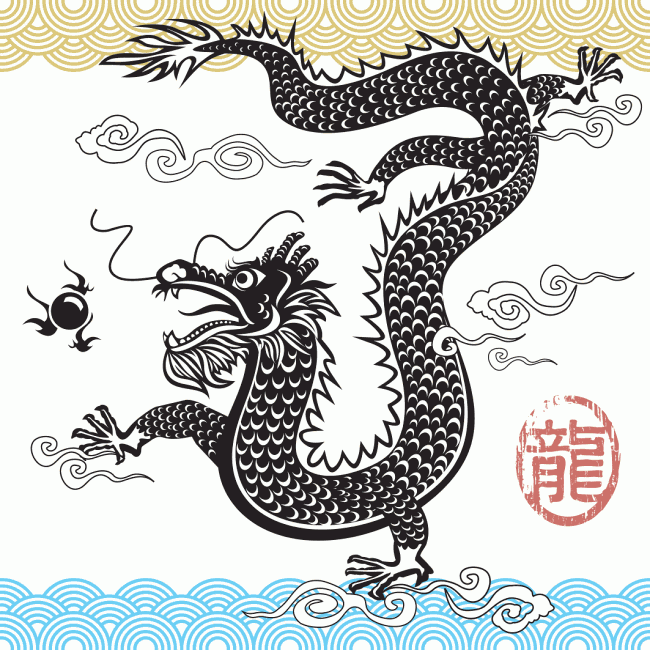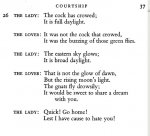Clarity,
Office 17622,
PO Box 6945,
London.
W1A 6US
United Kingdom
Phone/ Voicemail:
+44 (0)20 3287 3053 (UK)
+1 (561) 459-4758 (US).



The second chapter*of David Pankenier’s lovely book,*Astrology and Cosmology in Early China – Conforming Earth to Heaven – rejoices in the title, ‘Watching for dragons.’ In it he talks in detail about the dragon of Hexagram 1, and also proposes*a whole new idea about*why the dragons are fighting in 2.6.
Dear Rosada:I see it as one dragon saying, “Time to wake up!” and the other says, “Oh please let me sleep just a little bit longer...”
 .
.Clarity,
Office 17622,
PO Box 6945,
London.
W1A 6US
United Kingdom
Phone/ Voicemail:
+44 (0)20 3287 3053 (UK)
+1 (561) 459-4758 (US).